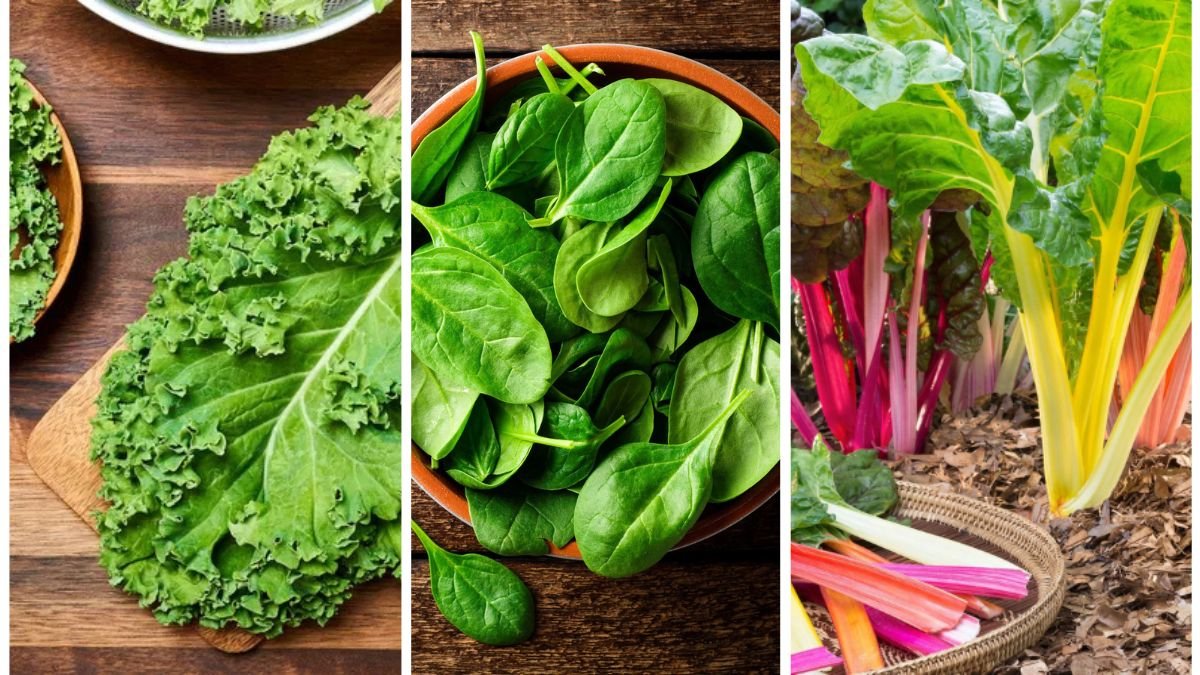As the growing season winds down and temperatures drop, many gardeners worry that their vegetable beds will be left barren. However, late fall and even early winter can be an ideal time to harvest cold-hardy greens. These resilient crops tolerate frost, thrive in cool conditions, and often improve in flavor after exposure to cold nights. By incorporating cold-hardy greens into your garden, you can extend your harvest season, enjoy nutrient-rich produce, and make the most of your garden space.
This article explores the top five cold-hardy greens for late harvests, explains their growing requirements, and provides practical tips for maximizing yields and flavor.
Why Cold-Hardy Greens Matter
Cold-hardy greens are essential for gardeners aiming to extend the growing season for several reasons:
- Extended Harvest: Frost-tolerant greens continue producing leaves and stems when other crops have finished.
- Enhanced Flavor: Many greens become sweeter or milder after exposure to cold, as sugars accumulate to protect the plants from frost damage.
- Nutritional Value: Cool temperatures help preserve nutrients such as vitamin C, folate, and antioxidants in leafy greens.
- Pest Resistance: Cooler weather reduces common garden pests, minimizing damage to crops.
Understanding which greens thrive in colder weather allows gardeners to enjoy a continuous supply of fresh, nutrient-rich produce well into late fall.
1. Kale
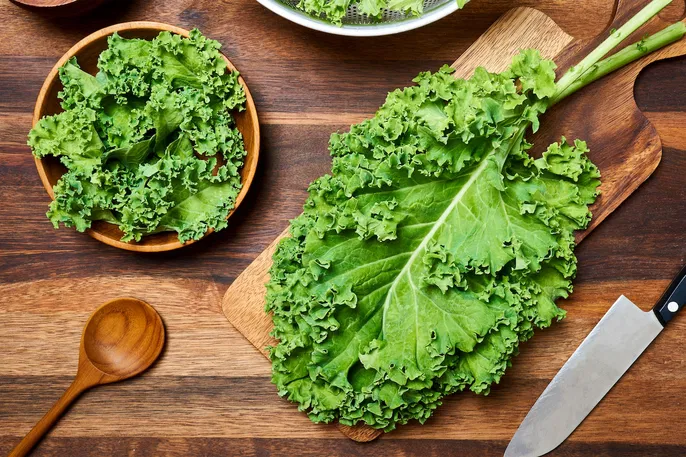
Kale is a powerhouse green that is both highly nutritious and remarkably cold-hardy.
Characteristics and Benefits
- Frost Tolerance: Kale can withstand temperatures as low as 20°F (-6°C).
- Flavor Enhancement: After a frost, kale leaves convert stored starches into sugars, reducing bitterness and enhancing sweetness.
- Nutritional Value: Packed with vitamins A, C, and K, as well as calcium and antioxidants.
Growing Tips
- Planting Time: Sow late summer for fall and winter harvests.
- Soil Requirements: Prefers well-drained, fertile soil with a pH between 6.0 and 7.0.
- Harvesting: Pick outer leaves first and allow inner leaves to mature. Multiple harvests are possible over several weeks.
- Culinary Use: Ideal for salads, sautéed dishes, soups, or blended into smoothies.
2. Spinach
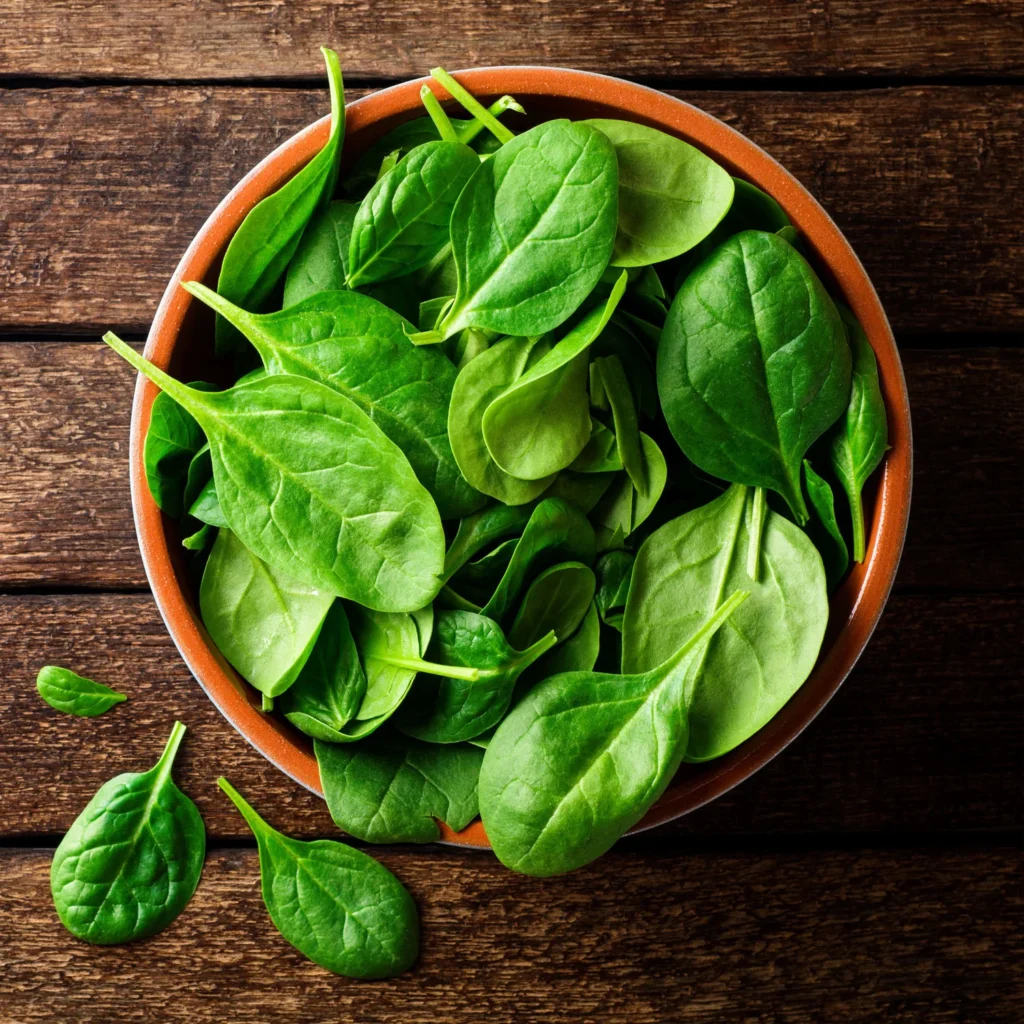
Spinach is another cool-weather green that excels in late-season gardens.
Characteristics and Benefits
- Frost Tolerance: Spinach can survive light frost and even snow in many regions.
- Flavor Improvement: Exposure to cold temperatures reduces bitterness, making spinach leaves tender and sweet.
- Nutritional Value: Rich in iron, magnesium, vitamin K, and antioxidants.
Growing Tips
- Planting Time: Sow in late summer or early fall for harvest into November.
- Soil Requirements: Prefers fertile, well-drained soil with consistent moisture.
- Harvesting: Pick mature leaves regularly to encourage new growth; harvest after frosts for optimal sweetness.
- Culinary Use: Delicious raw in salads, lightly sautéed, or added to soups and stews.
3. Swiss Chard
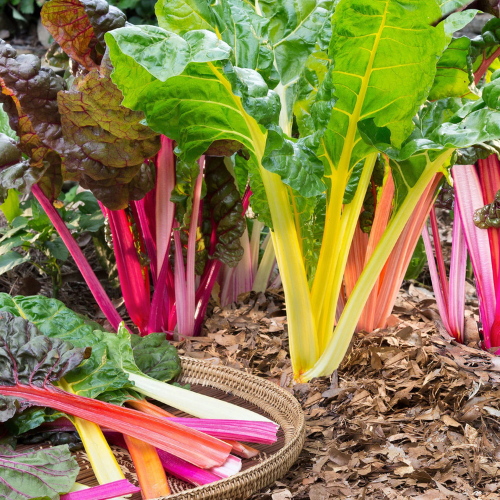
Swiss chard is a versatile, colorful green that tolerates cooler temperatures while providing extended harvests.
Characteristics and Benefits
- Frost Tolerance: Can survive light frost and mild freezes with mulch protection.
- Flavor Profile: Cold weather reduces bitterness and enhances tenderness in leaves.
- Nutritional Value: Excellent source of vitamins A, C, K, magnesium, and potassium.
Growing Tips
- Planting Time: Sow in midsummer to early fall for late-season harvests.
- Soil Requirements: Prefers rich, well-drained soil with moderate moisture.
- Harvesting: Cut outer leaves regularly; the plant will continue producing new growth.
- Culinary Use: Sautéed, added to soups, or used as a substitute for spinach in recipes.
4. Collard Greens
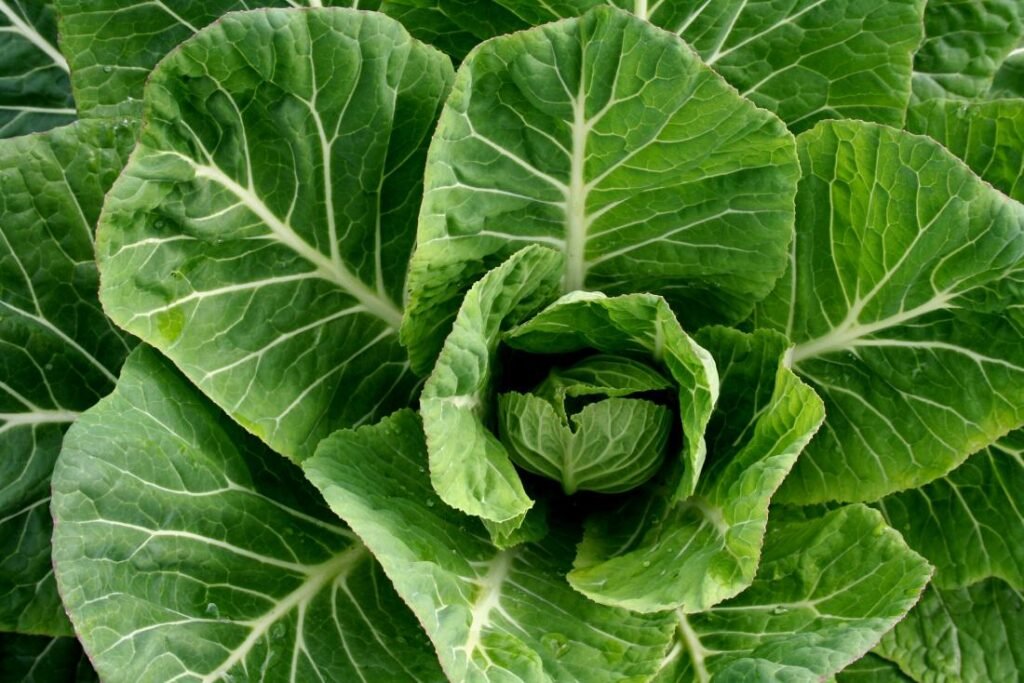
Collard greens are a staple of cold-season gardens, known for their durability and high nutritional content.
Characteristics and Benefits
- Frost Tolerance: Collards can survive temperatures as low as 15°F (-9°C), making them ideal for late-season harvesting.
- Flavor Development: Frost exposure enhances sweetness and reduces bitterness in leaves.
- Nutritional Value: Rich in vitamins A, C, K, calcium, and fiber.
Growing Tips
- Planting Time: Sow seeds in midsummer for fall and early winter harvests.
- Soil Requirements: Thrives in fertile, well-drained soil with consistent moisture.
- Harvesting: Pick leaves from the bottom of the plant upward; older leaves can be used for cooking, while younger leaves remain tender.
- Culinary Use: Perfect for braising, steaming, or adding to hearty winter soups.
5. Mustard Greens
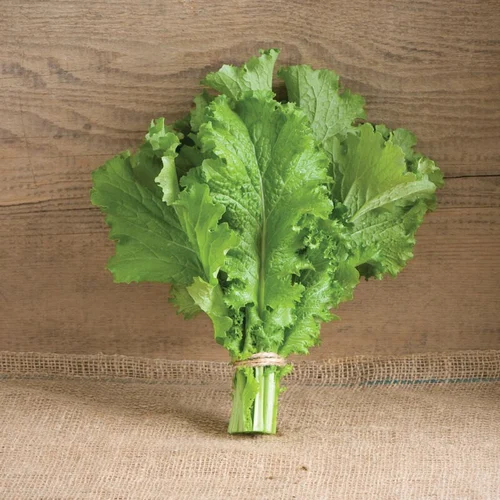
Mustard greens are fast-growing, flavorful, and highly cold-hardy, making them perfect for late-season gardens.
Characteristics and Benefits
- Frost Tolerance: Can tolerate light frost and maintain tenderness with proper care.
- Flavor Profile: Cold nights mellow the sharpness of mustard greens, creating a milder, peppery taste.
- Nutritional Value: High in vitamins A, C, K, and antioxidants.
Growing Tips
- Planting Time: Sow in late summer for fall harvest.
- Soil Requirements: Prefers fertile, moist soil with good drainage.
- Harvesting: Pick outer leaves first to encourage continued growth; younger leaves are best for raw consumption.
- Culinary Use: Ideal for sautéing, steaming, or adding a spicy kick to salads and stir-fries.
Tips for Maximizing Late Harvest Productivity
- Succession Planting: Stagger sowing dates to maintain a continuous supply of greens through November.
- Frost Protection: Use row covers, cloches, or cold frames to shield crops from hard freezes.
- Mulching: Apply straw, shredded leaves, or compost around plants to insulate roots and retain soil moisture.
- Regular Harvesting: Frequent picking encourages new growth and maintains plant vigor.
- Pest Management: Monitor for slugs, aphids, and caterpillars; cooler temperatures reduce most pests naturally.
By implementing these strategies, gardeners can extend the life of their crops, increase yields, and enjoy fresh, nutrient-dense greens throughout late fall.
Conclusion
Cold-hardy greens provide an essential solution for gardeners seeking to maintain productivity through the fall months. Kale, spinach, Swiss chard, collard greens, and mustard greens not only withstand frost but often improve in flavor and nutritional value after exposure to cold nights. With careful planning, soil preparation, succession planting, and frost protection, gardeners can enjoy continuous harvests of fresh, nutrient-rich produce well into November.
Incorporating these resilient greens into your late-season garden maximizes space, enhances crop quality, and ensures that the benefits of homegrown vegetables are enjoyed even as the weather cools. By understanding the growth patterns and care requirements of these top cold-hardy greens, gardeners can create a thriving late-season garden that continues to nourish and delight.
